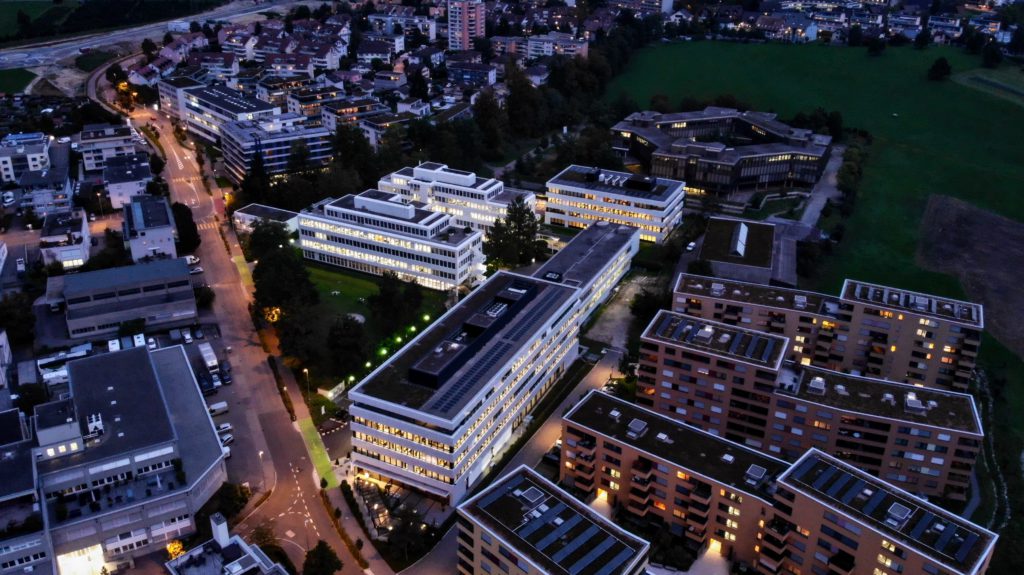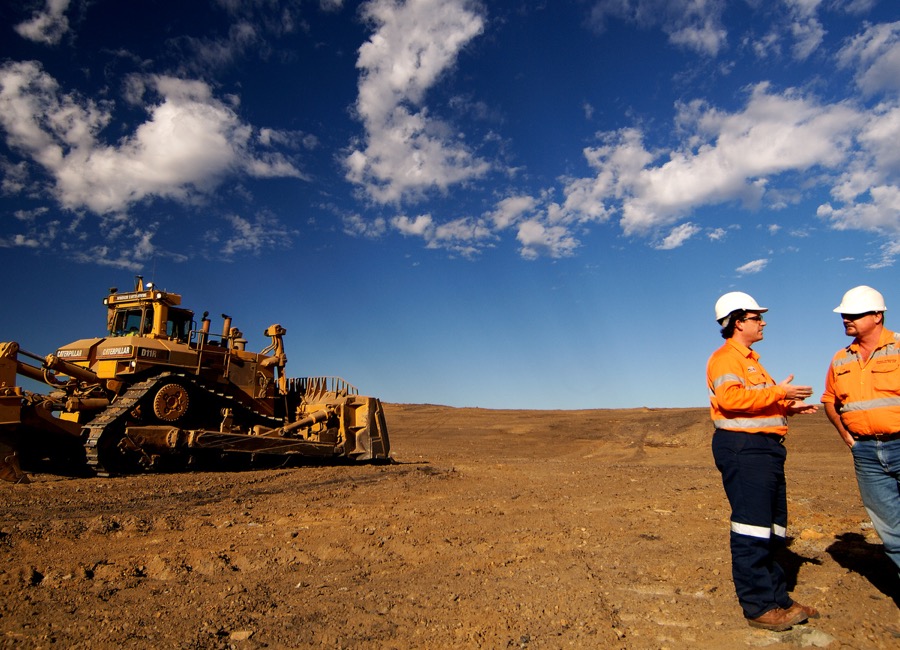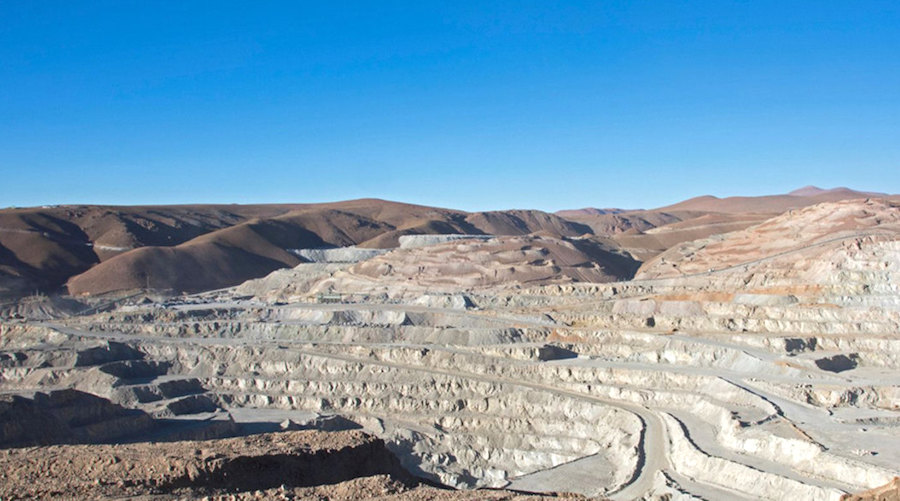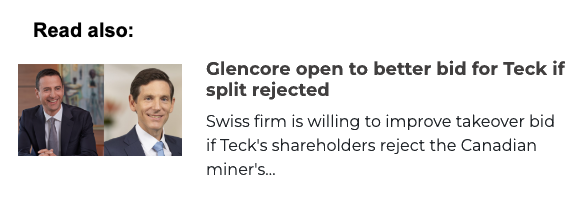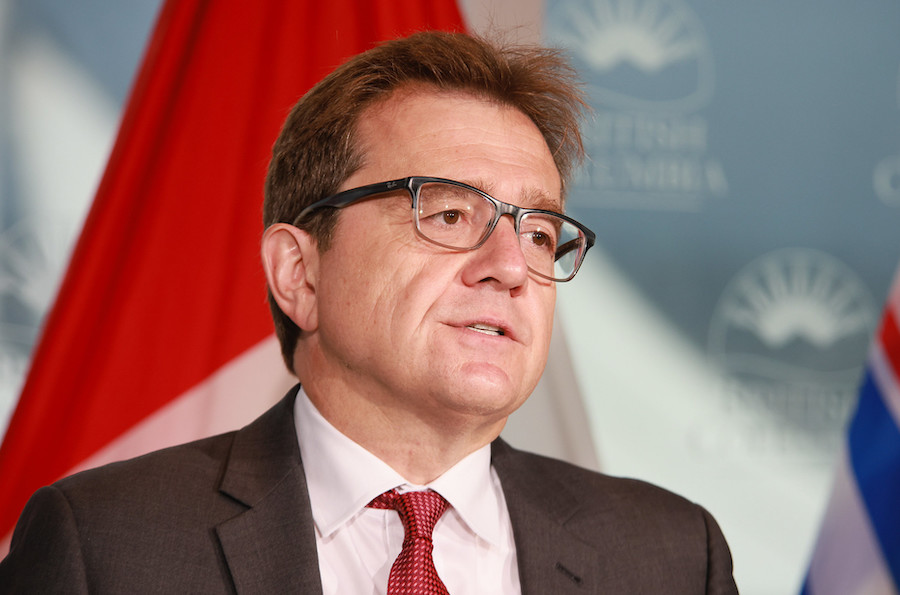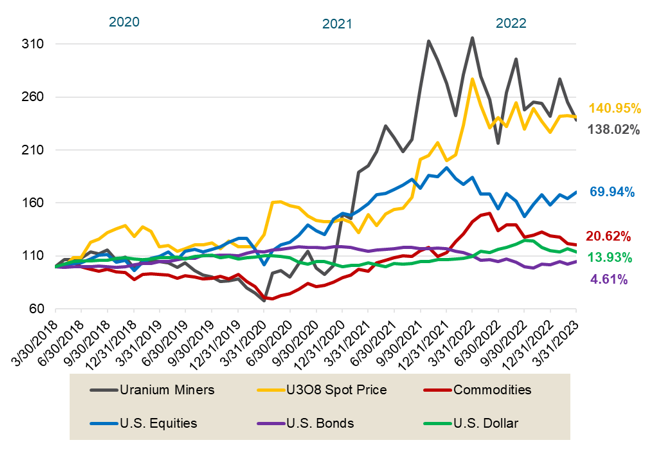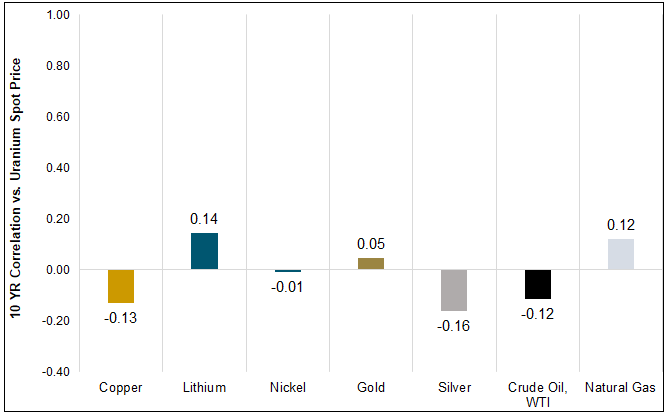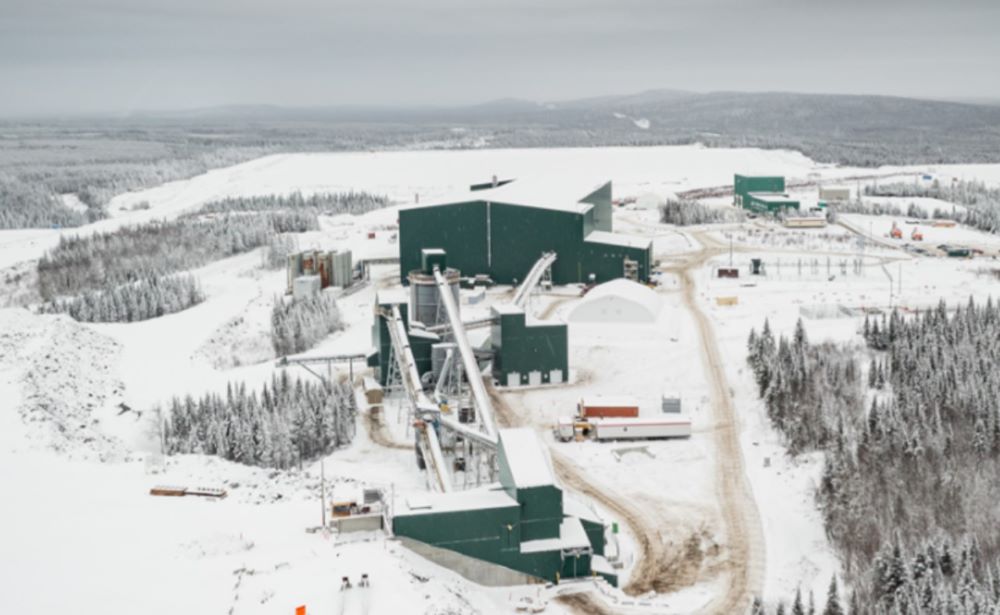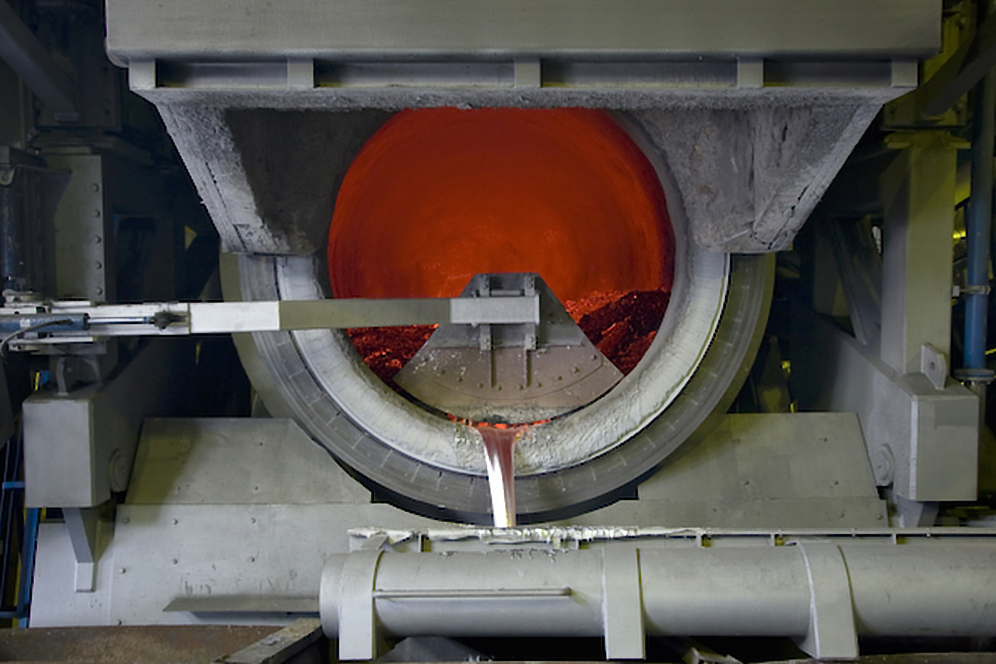DES MOINES, Iowa — Democrats have watched in dismay as voters in rural and old industrial strongholds say they want more of what the Republican Party is offering, resisting the establishment’s approach to win them back and raising questions about their party’s strategy.
One progressive — a suited-up, camera-ready U.S. congressman from California — is determined to try a different approach to pique their interest.
Seated in a dimly lit hotel conference room in Des Moines, far from his hub in Silicon Valley and Washington, D.C., work base, Rep. Ro Khanna (D-Calif.) believes there’s something Democrats get wrong about voters around here.
“One of the things that is a stereotype in my view against rural Americans is this view somehow that they don’t understand what’s happening in the world,” Khanna told The Hill. “They get it. They understand what’s changing the economy. They understand we’re in an economy where technology really matters.”
There is a ton of demand for new kinds of jobs, and residents are dying to innovate. They want the education, training and skills that come from industries of the future, and they want to be compensated accordingly. They aren’t afraid of Big Tech. If Democrats can offer that, he believes voters will listen and the party will be rewarded at the ballot box.
“In my district, when there’s a town hall, 80 percent of hands go up saying they’re optimistic about America. That’s not the case in many other communities,” Khanna said. “You know what they resent? That their kids don’t have the opportunity that the kids in my district do.”
Khanna’s been on a mission beyond the Beltway to change that. Elected in the district where tech giants dominate, the liberal House member sees his position, both geographically and politically, as unique. He’s a progressive who likes to use that label. But unlike some of his contemporaries on the left, he’s not crusading against the tech sector. He rather sees the industry as a key piece to restoring some of America’s most prized places to their original luster.
“If we bring economic opportunity, if we have a renewal of American production, if we make America a manufacturing superpower again, which we can with technology,” he said, “then we can start to bring this country together in ways that have fractured it.”
It’s an ambitious pitch. In places like Des Moines, politicians from both sides of the aisle fly in and out each presidential cycle, shaking hands and retailing with residents, but they don’t stay long. Khanna wants to leave a different kind of imprint — one that requires a strong presence from his district’s biggest strength.
He’s not running for president this cycle and is supporting President Biden’s anticipated bid for re-election in 2024. Some locals wonder why a Democrat like him would even come here after the caucus is no longer expected to be the first voting state on the calendar.
Driving downtown, one Iowa resident remarked that he used to be a Democrat, but that the party left him, rather than the other way around. Democrats have struggled to pull those types of voters away from the GOP.
“It’s sad to me that we’ve let Donald Trump take the manufacturing message when we have the real substance,” Khanna said.
Here and in places like Pennsylvania, where Khanna also recently visited as part of a multi-state tour, he hopes to connect with communities daring to ask for something they say the party’s not delivering.
It’s clear that a sizable group of people want something new. The state went for both Trump in 2020 and voted for Kim Reynolds, a Republican, for governor this November, cementing a trend that had been forming for years.
“To some extent, Trump speaking about the loss of manufacturing jobs is what resonated in parts of the industrial midwest and the south,” Khanna said. “But what we need to say is: He had four years.”
Democrats, for their part, have focused heavily on social and cultural issues. The results have been up and down. They lost seats in some traditionally blue places like New York during the midterms, but also made headway in battlegrounds like Wisconsin over the issue of abortion, which has galvanized their base.
“We’ve got to stop talking like technocrats, academics, social justice warriors or bland bureaucrats,” said Anthony Flaccavento, a rural development expert and author of “The Rural Progressive Platform.”
Democrats need to “start showing up much more than we have for the past few decades,” Flaccavento said, who lives in an Appalachian area of Virginia.
“That means year-round engagement, particularly doing helpful stuff in local rural communities,” he said. “Consistently showing up as good neighbors to solve local problems will help us rebuild trust, which is essential.”
Some Democrats are urging members of their party to emphasize more tangible things like showing ways to create generational wealth and building a strong financial future. They believe that with an economic message like that, voters can be persuaded to think differently about the party in power.
That’s the hope for MD Isley, an educator who caucuses regularly for Democrats but sees holes in the party’s approach. Last primary, he was inspired by Pete Buttigieg, the former South Bend mayor who now serves as Transportation secretary, as a possible new direction for Democrats, but admits to being freshly inspired by Khanna’s progressive ideas.
“It’s not just because he’s here with us today,” said Isley. “Democrats should be paying direct attention to the work Congressman Khanna is doing.”
“Rural Iowa is unique and valuable and core to our history of the state and the midwest. Metro areas within Iowa are also key, very important economic drivers,” he said.
Despite the obvious electoral ramifications, national Democrats are often puzzled by their party’s inability to bring more voters from rural and former manufacturing towns over to their side. Some critique flaws within their platform, arguing they need to offer voters more social safety net programs, health care, affordable housing, education and the like.
Democrats “do not understand rural areas and buy into the argument that rural is hopeless, a downward spiral of dysfunction fueled by bigotry, xenophobia and outmoded thinking. This characterization is false, and it has helped Dems feel justified in either ignoring or denigrating rural people and places,” said Flaccavento.
“Some of the most innovative new economic, civic, cultural and media strategies in the country are emerging in small towns and rural communities, but most Dems know nothing of it,” he added.
Khanna’s alignment with the tech sector distinguishes him from progressives like Sen. Elizabeth Warren (D-Mass.), who has been critical of the industry’s influence. While Khanna is clear-eyed about areas for improvement, such as privacy and data protection, he believes it offers the party opportunities as well.
A glimpse into that vision for Democrats was recently on display, when several dozen young people engaged in a discussion around a new tech development and career training program.
The initiative, dubbed the Techwise program in partnership with TalentSprint Inc., combines the hiring power of Google with students at Des Moines Area Community College and other community colleges in areas with less of a natural link to the tech world. It’s intended to propel students into specific early tech careers like software engineering after just 18 months.
“This is a big step for us, we can be the first ones in our family to do this,” said Ryan, a 20-year-old student from Ankeny, one of many students participating across several schools nationally.
Ryan, like other students here, wants a sustainable path toward economic prosperity. A political independent, he said he looks for growth messages when vetting candidates. “I want to feel secure in my future financially,” he said, adding that he hopes to hear new ideas that “would help me and hopefully my future family come up in the world, economically.”
He wants Democrats to focus on “more local communities. More people like me,” he said.
Another student, 19-year-old Adam, a Republican, said he hopes the hiring discussion for jobs for the future goes beyond the bigger states like California and metropolitan centers.
“There’s talent everywhere in the world,” he said. “You just have to go find it.”
As the next presidential cycle ramps up and Democrats start fine-tuning their strategy, Republicans are eager to grab votes from the margins. They see messages around identity and culture wars as ways to attack the other side.
Khanna, along with other outspoken progressives in the House, also believes Democrats need to look beyond social issues.
While he’s reluctant to pitch himself as the right messenger — or even the right person to give Biden a nudge on election strategy — others are increasingly looking to him.
“Rep. Khanna, I hope, will highlight many of these innovative businesses and strategies,” Flaccavento said.
At 46, Khanna’s a lot younger than members of his party’s leadership. Biden is 80 and Sen. Bernie Sanders (I-Vt.), for whom Khanna served as a campaign co-chair in 2020, is 81. He’s also Indian American.
Like Sanders, he’s not afraid to go where other Democrats have sometimes skipped over. Sanders won parts of the midwest against Hillary Clinton in 2016 — including nearly beating her in the Iowa caucus and pulling off a meteoric win in Michigan — by outlining a populist economic agenda that was previously more muted within the party. Khanna, too, believes it’s not enough to reach just Democrats, but rather to expand to other electorates searching for new kinds of jobs and chances to be forward-looking about their work.
“People say, how can you be a Bernie Sanders co-chair and go on Fox [News] and have people listen to you?” he said. “It’s because I don’t go on there and just hurl insults.”
Where Sanders had economic populism and Trump had “America First,” Khanna has coined “a new economic patriotism,” a merging of the sort of upward mobility people strive for and the values that drive their lives at home.
And it’s not just the industrial midwest that many believe needs Democrats’ attention. Just hours after sitting down for a bowl of cajun gumbo at Bubba, a southern style restaurant downtown, Khanna and a close adviser were off to South Carolina, another hotspot for Democrats that is often lost to Republicans in general elections.
Khanna fundamentally believes he has the right prescription for the moment. It’s not a midwestern thing or a southern thing, but rather a transferring of values that have somehow gotten lost in the mix.
“The Democratic Party has to speak loudly, boldly, clearly about that,” he said, listing off core values like making sure people have the right to vote and women have autonomy over their bodies and healthcare decisions, and that the judicial process is fair.
“In addition to that,” he stressed, “we need to have a second sentence.”
“What are we going to do for folks to bring economic opportunity? What are we going to do to bring manufacturing back? What are we going to do to bring the technology and prosperity in my district to places that have been left behind?” he pressed.
Next month, Khanna heads to New Hampshire, where top party officials know him as a regular.
“Why I want President Biden to succeed is because that makes a progressive movement more possible,” he said. “And I do think that we’re going to see for the next 20 years, after Biden, progressive nominees of the party.”
:quality(70):focal(2115x1160:2125x1170)/cloudfront-eu-central-1.images.arcpublishing.com/thenational/JOUMBXUX2ICFCJJD4HEYGHPMC4.jpg)
:quality(70)/cloudfront-eu-central-1.images.arcpublishing.com/thenational/4RMOTFN7NVNEC5SR47IRYPGYTQ.jpg)

